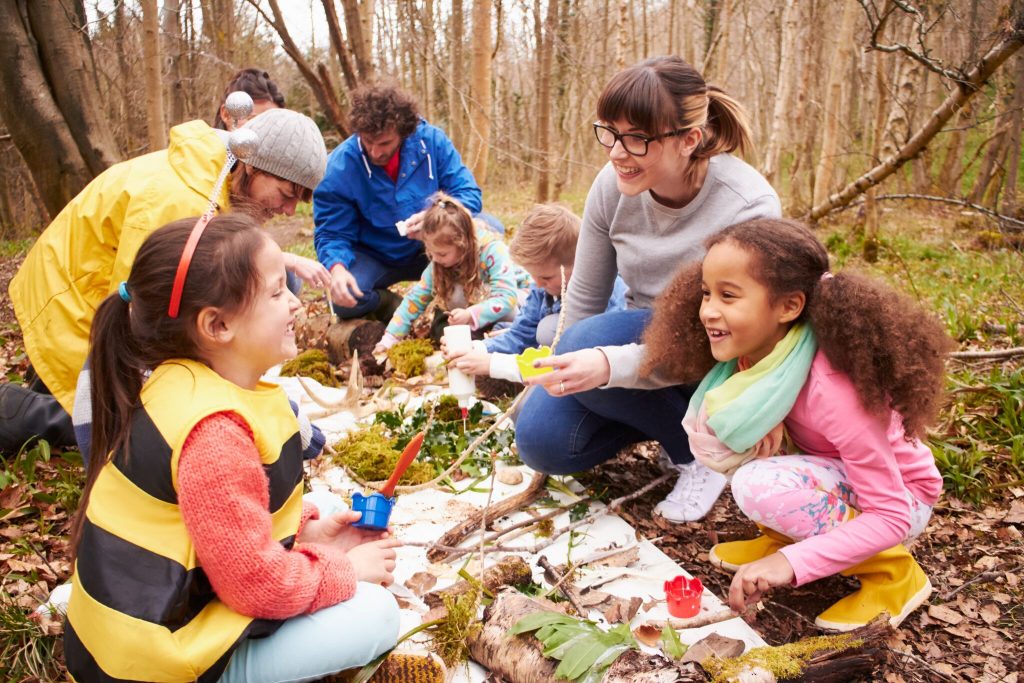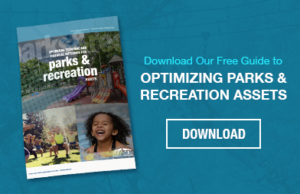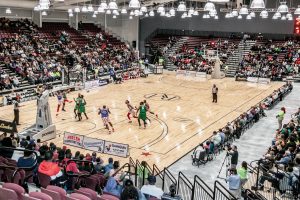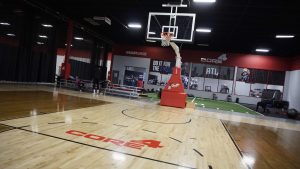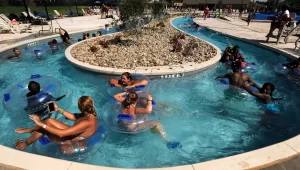How are your parks and recreation assets doing? If you can answer this question without a series of ‘um’s’, ‘ah’s’, and the statement, “that’s a good question”, you are really doing your homework. The question “how’s your parks and recreation assets doing?” is exceedingly difficult to answer because so many factors determine success. Are they being measured in terms of financial performance? Are they designed to generate a profit? Many parks aren’t, unless they are designed for sports tourism. A better question may be “are they generating a positive economic impact?” Great question, but there are many more considerations when thinking about performance. Are your citizens using the parks? How are they using them? There are also operational considerations- what is the condition of the park’s facilities? Are they ADA-compliant?
Assessing your parks and recreations assets require careful examination of many components and is critical for a couple of reasons:
Budget Considerations: In a day when public sentiment is swinging towards support of funding for items such as road improvement or additional police officers, it’s critical to continually make a case for the importance of parks and recreation centers in our communities. To do this, you must determine which areas best indicate your parks’ performance and impact.
Community Health: Numerous studies have shown that proximity and usage of parks can have a positive effect on the health of the citizens around it. Part of determining the success of your parks system is examining how many people are using these facilities.
Important KPIs for Parks and Recreation Assets
It’s easy to understand why it’s important to determine methods for evaluating your parks and recreation assets. However, it’s crucial to determine which key performance indicators best illustrate how your parks and recreation assets are doing with an eye on how to translate this information to stakeholders.
At Sports Facilities Advisory, we’ve worked with communities throughout the United States and have identified several KPIs that are indicative of a parks and recreation assets’ success.
Customer Feedback
Parks are meant to be enjoyed. And thus, customer satisfaction is vital to the success of your parks and recreation system. If your community members are happy with their parks, they will advocate for them when budgeting comes into question. The best way to learn about your community’s needs and level of satisfaction is to ask them. Surveys, powered by a communications platform, are the best way to determine how people feel about a community’s park assets. Items to be included on in the survey are questions about facility usage, satisfaction with facility conditions and employees, and safety. It’s also critical to ask about their level of satisfaction with your programming and if there is programming that they’d like to see.
Facility Usage
While customer surveys will give you a solid picture of your community’s sentiment towards your parks and recreation centers, whether they use your facilities or not says even more. There are several considerations when assessing facility usage. First, how many people are actually coming to your parks and recreation centers? For indoor facilities, check-in stations can be used. It can be more challenging for outdoor venues, outside of program participants and event attendees. One method presented in The Parks and Recreation Professional’s Handbook is the service hour evaluation. This method measures the number of people served during a set period of time. For example, if 20 people participated in a park-organized fitness books camp for one hour, the service hour count for that activity for that day is 20 hours, representing the 20 people served. Each activity that takes place on a given day can be assigned an amount of service hours based on the number people who participated and the duration of the activity.
Other items to consider when measuring facility usage include:
- The amount of people who participate in certain programming such as summer registrations or yoga in the park
- The amount of people who reserve parts of a facility for their own usage, including shelter rentals or large-scale events
- Event attendees
Financial Considerations
Assessing how parks and recreation facilities are performing from a financial standpoint is a critical determinant of success. If the asset is a sports tourism venue, data such as out of town hotel room nights are an indicator of economic impact.
Revenues from sponsorships, program participation, and rental agreements should be compared to costs to maintain operations and the physical condition of the facilities. Additionally, the ability to operate within the assigned annual budget should be monitored closely.
Engagement with the Business Community
Many parks and recreation assets measure the amount of sponsorships and partnerships attained annually. This is done for a couple of reasons. Financially, sponsorships bring in additional revenue to the parks and recreation system that can be utilized for a variety of purposes, including innovative programming and facility maintenance. Secondarily, it’s a matter of relevance. With so many worthy organizations vying for the attention of local businesses, it’s an important goal to be able to get them behind the mission of parks and recreation centers. It’s the type of mental shift that allows the impact of these facilities to be felt in many communities.
Growth
It’s been said that if you’re not growing, you’re dying, and parks and recreation assets must show growth in a variety of ways to remain a viable part of the communities they serve. For our nation’s park systems, growth can occur and be measured in a number of ways. This can include:
- Acquiring new property and opening new parks and recreation centers
- Increasing a population’s access to parks and recreation centers
- Creating new programming
Accessibility
Are your parks available to all citizens, regardless of physical condition, ethnicity, or socio-economic status? It’s vital that your parks and recreation assets strive to serve everybody. ChangeLab Solutions, a consultancy that works with cities to ensure healthy lives, offers three ways to measure accessibility:
- Percentage of parks and recreation assets that comply with the Americans with Disabilities Act accessibility requirements
- Percentage of streets with sidewalks or bicycle lanes within a half-mile of parks or recreation centers
- Number of parking spaces (vehicle and bicycle) that are used during peak times versus the number that are available
Famed management author Peter Drucker once quoted, “What gets measured, gets managed.” We know that measuring performance in a variety of areas is the basis for improvement and the establishment of best practices. It may be a lot to wrap your arms around, but there is help. SFA has achieve measurable results for communities throughout the United States. We can evaluate the performance of your facilities, based on your goals, and provide a roadmap for the optimization of your parks and recreation assets.
Ready to learn more about this foundational aspect of park planning? Contact us today at 727-474-3845.

